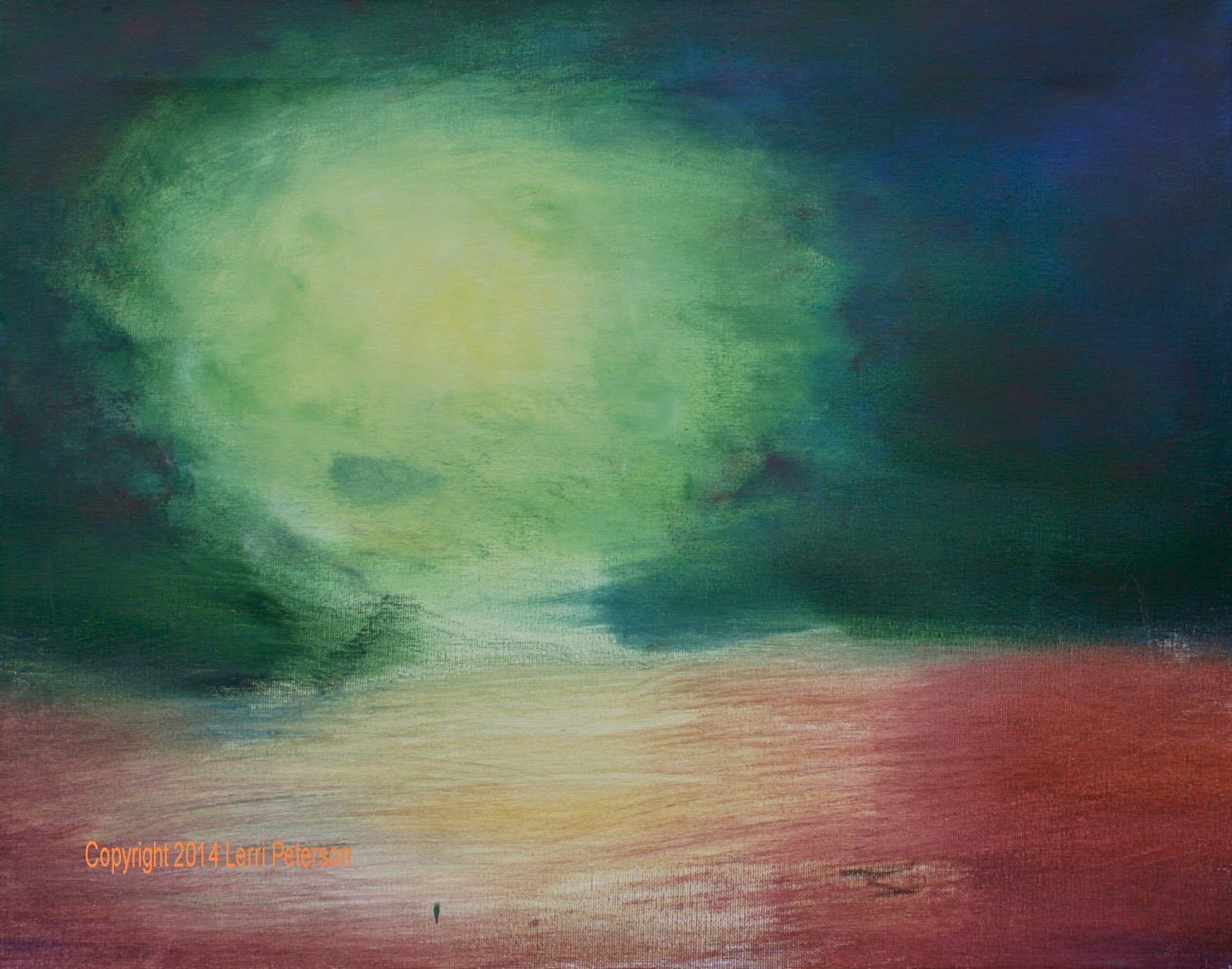Acrylic
Project: From My Garden
Week
3
By
this time you should have your background done and veggies based in. Some of
you have created your own designs with different fruit or vegetables you will
have to get your own reference as far as color and highlights just keep in mind
that the light is coming from the front, upper right hand side as if there was
a window opposite from the set up illuminating the veggies.
Once
you have things based in you can start bringing shape and life to your veggies
with more color and shading. This is not the final shading so please do not try
to finish as you go, you want to try and keep all of your painting to the same
degree of effort throughout the painting process so you don’t overwork one area
and under work other areas, so move around your painting and you will like the
results much better.
All
of the veggies have a base color such as orange or yellow or green, this will
be where you start with your color and to that you will add color to darken and
slightly gray the colors for now, like I said, this is not the finished
painting, we still have some work to do to establish our values.
Most
of you don’t have any trouble mixing mud, it is very easy to do your color just
needs to have all 3 primary colors present and they cancel each other out
creating a muddy gray color, usually not the color we want. The way to create a
softer grayer color is to start out with the color
you want – say green – to
gray the color you will need to add red or something with red in it like sienna
or purple, depending on what you need. The red or sienna, which is in the
orange family, or orange these will gray the color but not change its value too
much (values is the lightness or darkness of a color), purple will not only
change the color but can change the value to a darker form of green.
Conversely, if you are working with red, you will add some form of green to
gray the color.
The
key to color mixing, especially when you are learning, is to sneak up on the
color you want. Some colors like sienna and purple or pthalo blue or pthalo
green are very potent colors and little amounts go a very long way, for
instance if you were trying to add purple to gray the yellow for the zucchini
you would NOT want to mix them in equal amounts or you would get a grayed
purple, even 10 yellow to 1 purple may be too much but it is a much better
place to start than 1:1.
I’m
not going to give a stroke by stroke description for each element in the
painting, you will have to look at what your are painting and mix paint accordingly but do keep in mind that where
the shadows are. I was using a
synthetic sable flat brush because it gives me more control, I started in the
shadowed areas with a darker color and on some of the veggies they have grooves
where they are darker in the recesses, then as I worked up to lighter areas, I
added the lighter version of the color I was using and in some cases just a
little gesso to lighten. I am nowhere near the highlights so this is just to
create the form. My brush strokes followed the shape of the object and all of
these things are rounded so watch your strokes.
The
last thing I did was I darkened the background corners even more. This is a
personal choice, I like dramatic light, however, if you don’t want it as dark,
you do not have to make it as dark as mine. Finishing up a project is always up
to you to fit your needs and your likes, I just show you how I finish a project
like this to show you one option in an infinite world of options, you will make
your own choices.
There
is a possibility we/I could finish this project in our next class or possibly
the following class, in either case we are getting close to the finish line so
you may want to start looking around for something you want to work on for the
rest of the semester and I have help you get started. See you all in class.







